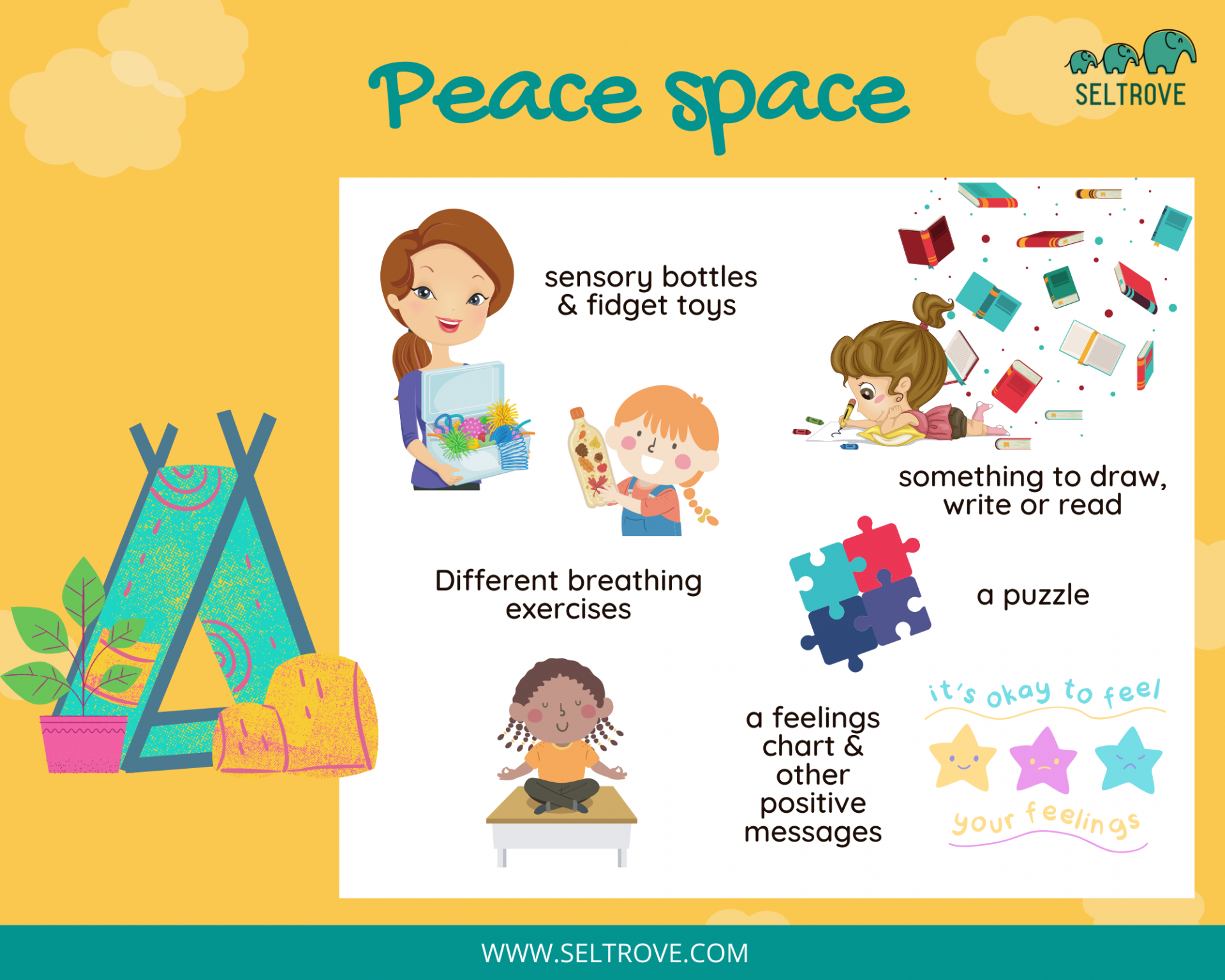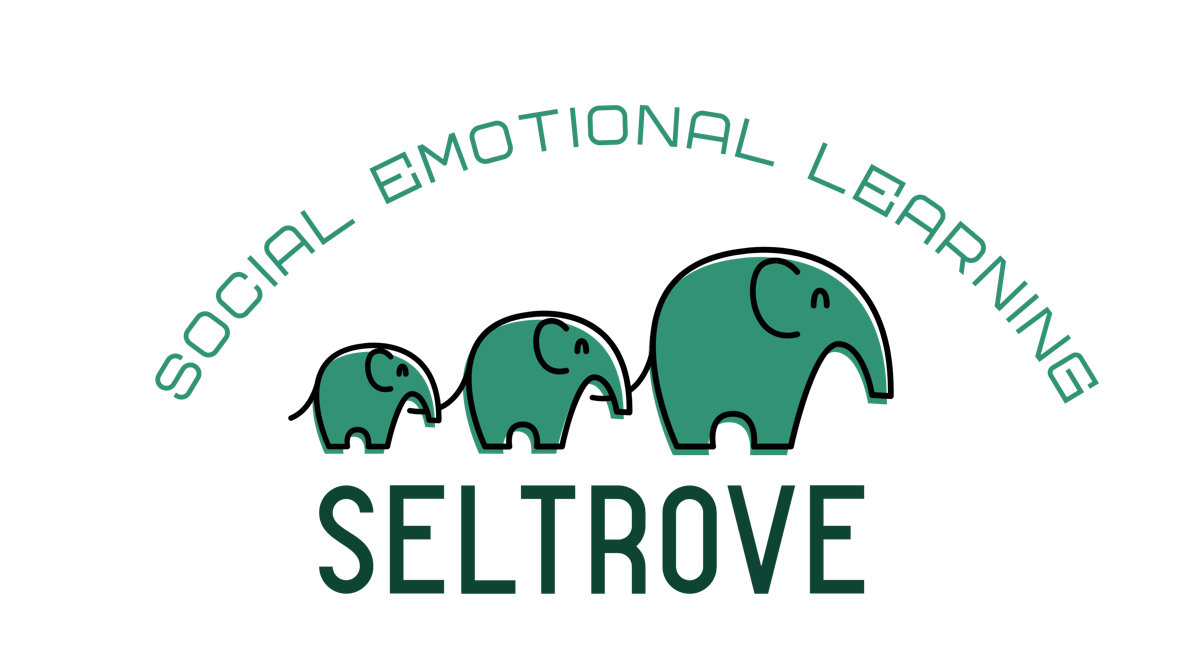How did I introduce this concept to my class? How did we use it? And what impact did it have?/How has it changed my classroom environment?




What impact did it have?
Final Thoughts
More Teacher Tools
To learn more about creating an SEL-aligned classroom environment, subscribe to our SEL Foundations workshops. Find out more about this bundle here.
Write your awesome label here.
More SEL Teacher Workshops
Identity Workshops
Focus on teaching and supporting your students as they navigate their identity, explore their emotions and develop self-management skills
Equity Workshops
Investigate how your school can become more equitable for all students by creating SEL-aligned learning environments and teaching philosophies.
Healthy Well-Being Workshops
Learn how to teach students about their own well-being including trauma-informed teaching practices and decision-making skills.
Community Workshops
Support your students as they navigate tough social situations and create healthy relationships.
Student SEL
Classroom-Ready Curriculum
Find no-teacher-prep SEL curriculum for your Kindergarten through 12th grade students with the Seltrove student planners! Learn more about our planners here.
Write your awesome label here.
